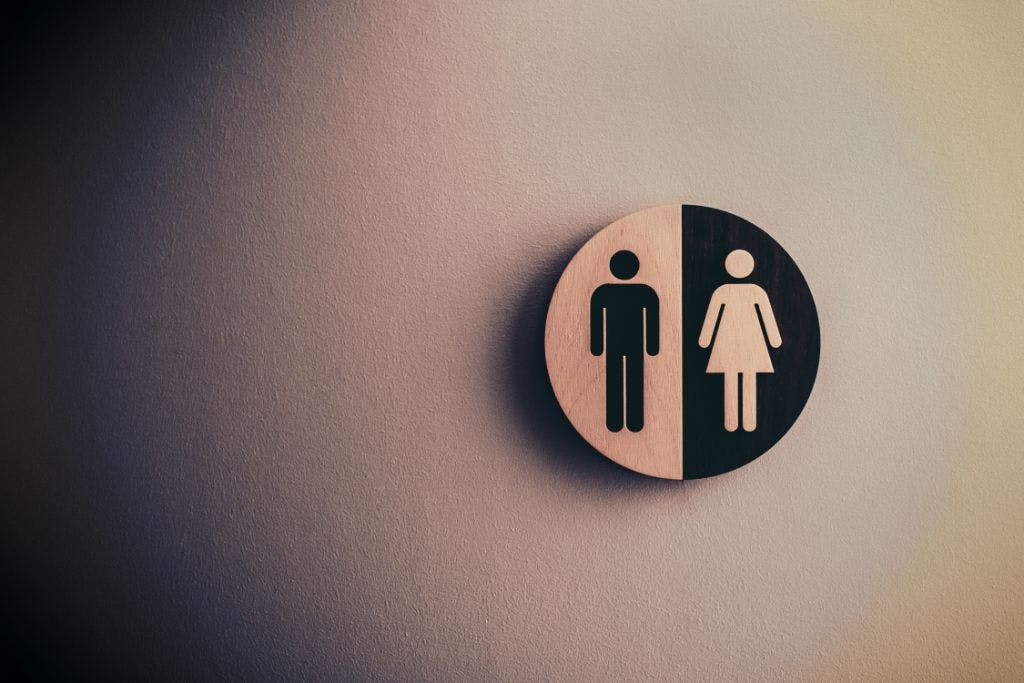First published on Wednesday, Jun 24, 2020
Last updated on Tuesday, Apr 19, 2022
This Act of Parliament is a piece of legislation we often refer to in our various HR and employment law guides.
And with good reason, the Equality Act 2010 is an important law your business must be aware of.
It came into effect back in October 2010, but it’s something many organisations continue to struggle to understand.
We’re here to help, so you can read on to find out about the need to knows.
What is the Equality Act 2010?
It’s a law ensuring consistency in how you treat employees in the workplace, with the main goal of reducing acts of discrimination. This also applies to British society and how citizens interact.
So, it means you should aim to make your workplace a fair environment. This’ll ensure you’re compliant with the Act.
The Act is a combination of various acts, such as the:
- Equal Pay Act 1970.
- Sex Discrimination Act 1975.
- Race Relations Act 1976.
- Disability Discrimination Act 1995.
There were also three other pieces of legislation relating to employment discrimination due to religion or belief, sexual orientation, and age.
So, a basic Equality Act 2010 definition is it looks to protect individuals in society and the workplace from discrimination.
The main points of the Equality Act 2010 for employers
The Act is complex and consists of many laws that relate to businesses and society as a whole.
So, how does the Equality Act 2010 affect employers? Well, there are a number of requirements you’ll need to remain compliant with. These are:
- Protected characteristics: We explain these further below, but some of your employees have certain rights you must respect.
- Pre-employment health checks: Your business can’t perform these, unless it’s essential for your industry or a specific role.
- Pay secrecy: Employees can discuss their pay and whether they think it’s a discriminatory issue.
- Positive action: You have the power to choose job candidates who are under-represented in your organisation.
- Employment tribunal changes: Tribunals now have more powers to make recommendations when preventing discrimination.
A major part is a list of protections certain people have. How many characteristics are protected under the Equality Act 2010? Nine of them.
The Equality Act 2010 protected characteristics are:
- Age.
- Disability.
- Gender reassignment.
- Marriage and civil partnership.
- Pregnancy and maternity.
- Race.
- Religion or belief.
- Sex.
- Sexual orientation.
Those are the types of discrimination under the Equality Act 2010. Examples of how you may discriminate includes:
- Asking a female job candidate if she plans to have children and using her answer to determine whether to hire her.
- Making an employee redundant due to a disability.
- Treating employees with a certain religious belief less favourably.
- Treating your female staff members less favourably than your male employees.
- Refusing to promote an employee due to their age.
- Not hiring a job candidate due to gender reassignment.
- Only hiring employees of a certain race.
Disability under the Act
Under the Equality Act 2010, disability can constitute various forms.
It involves an employee who has either a physical or mental illness. It should also involve substantial or long-term implications and affect their daily activities in some way. Examples of disabilities include:
- Autism.
- Cancer.
- Multiple sclerosis (MS).
- HIV.
- Depression.
- Schizophrenia.
- Severe anxiety related issues.
As a business, it’s essential you make “reasonable adjustments” for any employees with a disability.
This may be to help them perform their daily tasks, or to assist them with getting in and around your premises.
If you need further help with this topic, have a read of what discrimination and equality at work are.









